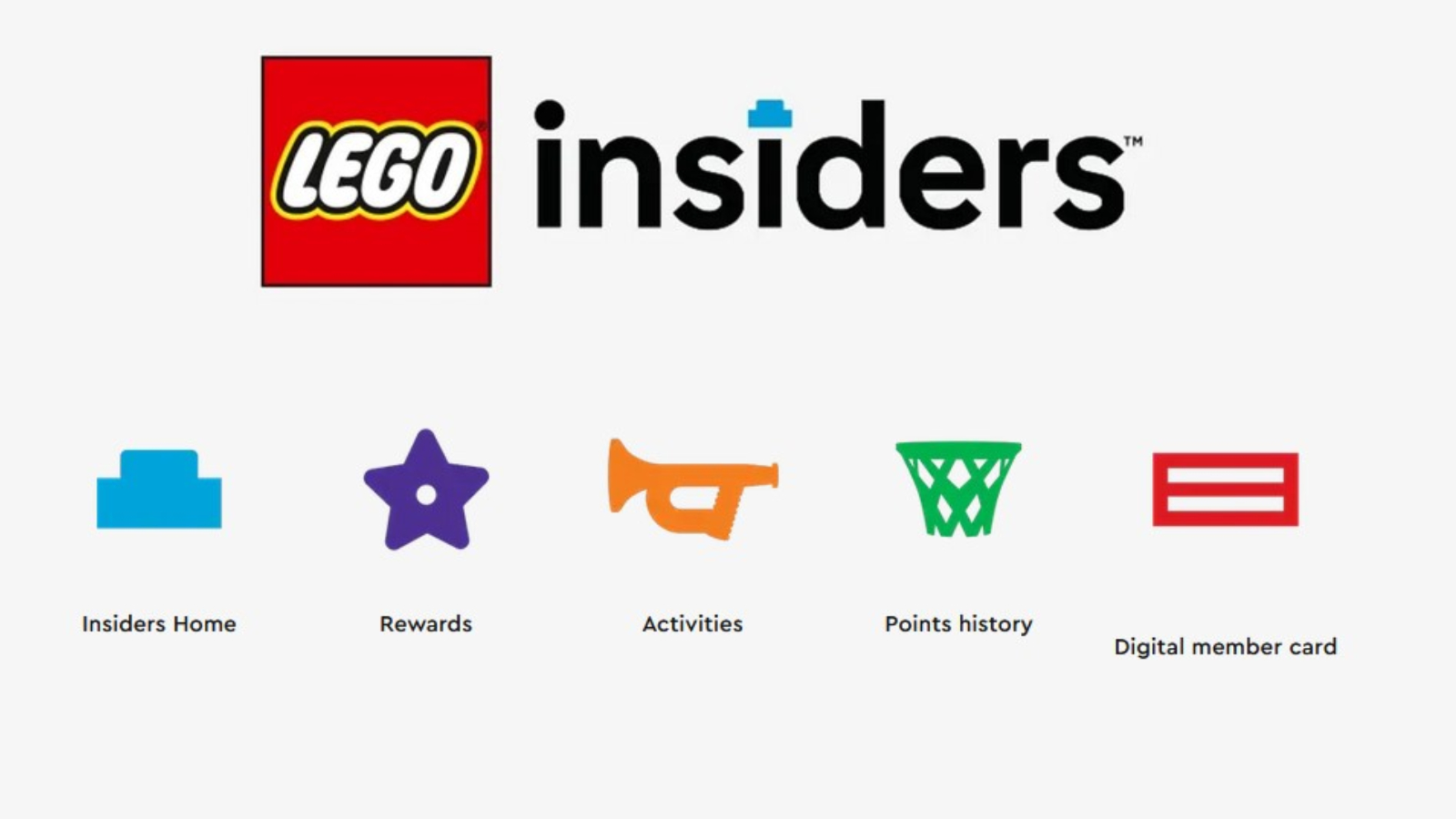Building Loyal Customer Communities with Engagement-Based Rewards
Traditional transaction-based loyalty programs are losing relevance. The future of customer loyalty lies in flexible loyalty systems that go beyond transactions.
These new loyalty frameworks build brand affinity and engage customers, creating deeper connections and a sense of belonging.
Let's explore how engagement-based loyalty initiatives cultivate communities where customers contribute to business development and success…
How Engagement-Based Loyalty Programs Work
An engagement-based loyalty program rewards customers for their interactions with a brand rather than just their purchases. The loyalty logic is built around various engagement activities, such as voting on product features, sharing feedback, participating in online discussions, and attending virtual events.
To incentivise involvement, brands can offer points or rewards for each action taken. For example, customers might earn points for voting on new product designs, which can be redeemed for discounts, exclusive access to new products, or special experiences. By recognising and rewarding these non-purchase activities, brands create a sense of ownership and participation among customers.
Looking for incentive ideas for different customer groups? Check these out 💡💡💡

Benefits of Engagement-Based Loyalty Programs
Engagement-based loyalty programs offer numerous advantages. Firstly, they lead to increased customer loyalty. When customers feel valued and acknowledged for their contributions beyond purchases, they are more likely to develop a strong affinity for the brand. This increased loyalty translates into higher retention rates and a greater willingness to advocate for the brand among peers.
Moreover, engagement-based programs facilitate direct communication between brands and customers, enabling valuable insights and feedback. By actively involving customers in the product development process, brands can refine their offerings to better align with consumer preferences and market demands. This approach helps to enhance product quality and also drives innovation and differentiation in a competitive landscape.
Successful Examples of Engagement-Based Loyalty
Kiki World is a new beauty brand that focuses on co-creation through its loyalty program. Customers can vote on product details and share their ideas, making them feel like an essential part of the brand. This strategy has helped Kiki World build a community of over 5,000 active members in less than six months.
Remarkably, over 50% of the brand's sales come from customers who have participated in at least one co-creation campaign. This demonstrates the power of making customers feel involved in the product development process.

LEGO masterfully uses its engagement-based loyalty program, LEGO Insiders, to build a thriving community of active and passionate members. This program goes beyond traditional rewards by incentivising various forms of customer engagement.
Members earn points not only through purchases but also by participating in activities like submitting their own LEGO creations, providing feedback, and engaging in community challenges. LEGO frequently hosts building contests where fans showcase their creativity, with winning designs sometimes becoming official LEGO sets. This strategy fuels excitement and also gives members a sense of contribution to the brand.
Additionally, LEGO Insiders gain early access to new products, exclusive content, and special events, creating a sense of exclusivity and belonging. By fostering an environment where customers feel valued and heard, LEGO cultivates a loyal fan base that actively promotes the brand and contributes to its innovation. This results in a vibrant community that drives continuous engagement, repeat purchases, and enthusiastic brand advocacy.

Why Event-Based Loyalty Technology?
Traditional loyalty programs often fall short in capturing the full spectrum of customer engagement. But event-based loyalty technology addresses this limitation by rewarding customers for any interaction they have with the brand. Whether it's voting on product features, sharing content on social media, or attending exclusive events, every engagement is recognised and incentivised.
With event-based loyalty systems, brands can deepen their connection with customers and foster a sense of reciprocity and appreciation. This personalised approach can enhance customer satisfaction and drive repeat purchases and brand advocacy in the long run.
The Future of Customer Loyalty
The key takeaway is clear: choose event-based loyalty systems to reward customer engagement and build loyal communities.
By making customers active participants in the brand and product development, companies can create a deeper, more meaningful connection with their audience.
Conclusion
In summary, the shift towards event-based loyalty systems is transforming how brands build and maintain customer relationships. By rewarding engagement rather than just transactions, brands can foster a deeper sense of loyalty and community among their customers. With the success stories of brands like Kiki World and LEGO Insiders as a guide, it’s clear that this approach is not only effective but essential for long-term success in today’s market.
Make your customers a part of your brand and product development, and watch your brand community—and your business—grow. Get in touch to find out how event-based loyalty can work for your business.
Recommended Posts
If you enjoyed this article, check out these relevant posts below.
Share this Article

Helen Walker
Product Marketing Manager
Helen is our Product Marketing Manager.